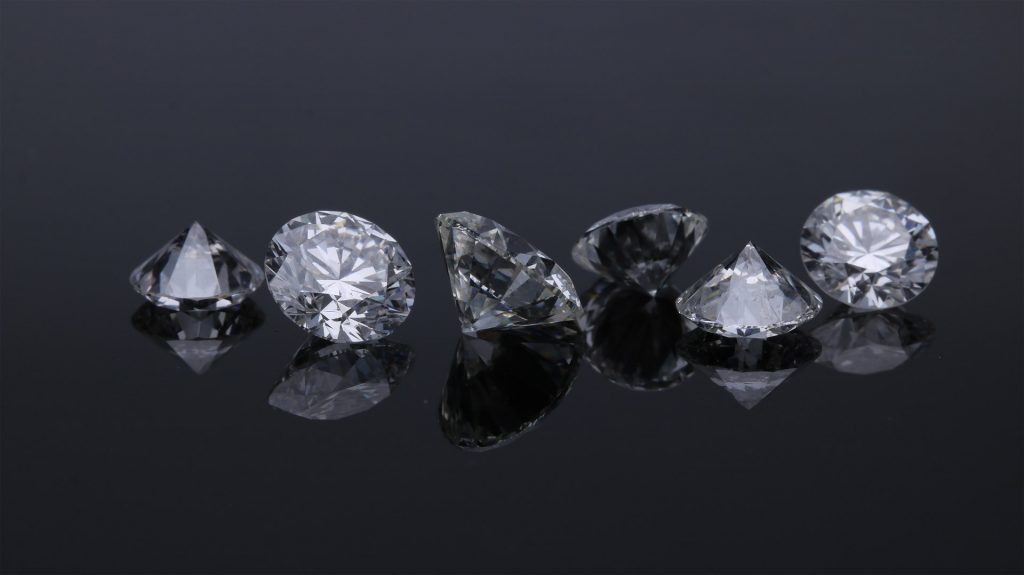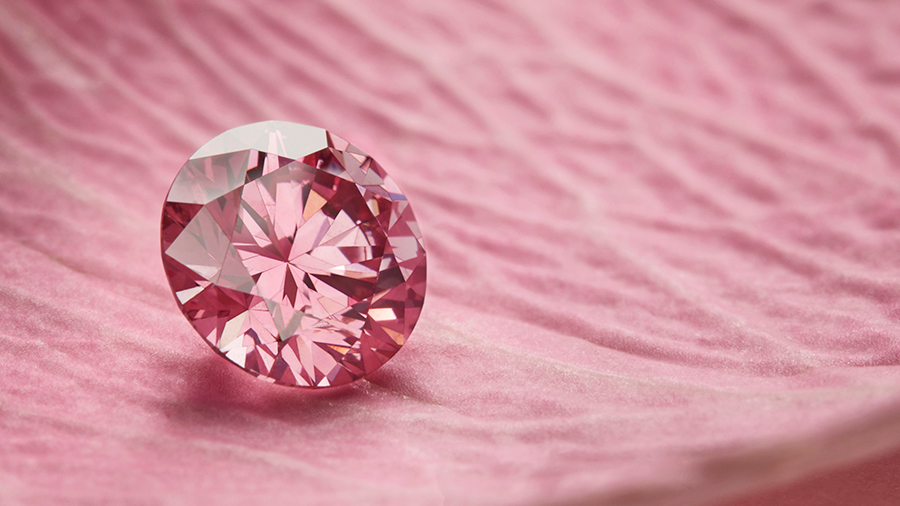Introduction to Lab-Grown Diamonds
In recent years, lab-grown diamonds have gained popularity for their unique characteristics and sustainability benefits. Unlike natural diamonds formed deep within the Earth’s crust over millions of years, lab-grown diamonds are cultivated in controlled environments using advanced technological processes.
Comparison with Natural Diamonds
When it comes to quality, cost, and environmental impact, lab-grown diamonds offer distinct advantages over natural diamonds lab grown diamonds guides. They exhibit identical physical and chemical properties to mined diamonds but are generally priced lower due to their controlled production process.
Quality and Composition
Lab-grown diamonds share the same crystal structure, chemical composition, and optical properties as natural diamonds, ensuring high quality and brilliance.
Cost Differences
The cost of lab-grown diamonds is typically 20% to 40% lower than natural diamonds of comparable size and quality, making them a more budget-friendly choice for consumers.
Environmental Impact
Unlike traditional mining practices, the production of lab-grown diamonds has a significantly lower environmental impact, reducing the carbon footprint associated with diamond mining and extraction.
Advantages of Lab-Grown Diamonds
Beyond affordability and environmental considerations, lab-grown diamonds offer several advantages that appeal to modern consumers seeking sustainable luxury.
Affordability
The lower production costs of lab-grown diamonds translate into more affordable pricing for consumers, allowing them to purchase larger or higher-quality stones within their budget.
Ethical Considerations
Lab-grown diamonds are conflict-free and ethically sourced, providing peace of mind to consumers concerned about the social implications of diamond mining.
Customizability
Consumers can choose from a wide range of colors and specifications when selecting lab-grown diamonds, allowing for greater customization in jewelry design.
Disadvantages of Lab-Grown Diamonds
Despite their advantages, lab-grown diamonds face certain challenges and misconceptions in the market.
Lab diamonds, also known as synthetic or cultured diamonds, are a technological marvel of the 21st century. Created using advanced scientific processes that replicate the natural conditions under which diamonds form, these gems offer a remarkable alternative to mined diamonds. Unlike their natural counterparts, lab diamonds are produced in controlled environments, allowing for consistent quality and ethical sourcing.
Perceived Value
Some consumers perceive lab-grown diamonds as less valuable than natural diamonds due to their manufactured origins, although this perception is evolving with greater awareness.
Market Perception
The market for lab-grown diamonds is still developing, and consumer acceptance varies across different regions and demographics.
Longevity and Durability
While lab-grown diamonds are structurally identical to natural diamonds, questions about their long-term durability and resale value may influence purchasing decisions.
How Lab-Grown Diamonds are Made
Lab-grown diamonds are produced through advanced technological processes that simulate the natural conditions under which diamonds form.
High Pressure High Temperature (HPHT) Process
In the HPHT method, carbon atoms are subjected to high pressure and temperature to crystallize into diamonds over a period of weeks.
Chemical Vapor Deposition (CVD) Process
The CVD process involves depositing carbon atoms onto a substrate, allowing diamonds to grow layer layer under controlled conditions.
Quality Factors to Consider
Similar to natural diamonds, lab-grown diamonds are graded based on the “Four Cs” — color, clarity, cut, and carat weight — which determine their overall quality and value.
Color
Lab-grown diamonds are available in a spectrum of colors, including white, yellow, pink, and blue, with colorless stones being highly prized for their resemblance to the finest natural diamonds.
Clarity
Clarity refers to the presence of internal flaws or inclusions within the diamond, with higher clarity grades indicating greater purity and brilliance.
Cut
The cut of a diamond determines its proportions, symmetry, and reflective qualities, influencing its overall beauty and sparkle.
Carat Weight
Carat weight measures the size of the diamond, with larger stones typically commanding higher prices depending on their cut and quality.
Certification and Grading of Lab-Grown Diamonds
To ensure transparency and authenticity, lab-grown diamonds are certified reputable gemological laboratories that assess their quality and characteristics.
Major Certification Laboratories
Leading gemological institutes such as GIA (Gemological Institute of America) and IGI (International Gemological Institute) provide grading reports for lab-grown diamonds, detailing their specifications and origin.
Understanding Diamond Grading Reports
Consumers should review diamond grading reports to evaluate the quality and authenticity of lab-grown diamonds before making a purchase.
Popular Uses of Lab-Grown Diamonds
Lab-grown diamonds are increasingly sought after for various applications, ranging from fine jewelry to industrial uses due to their versatility and quality.
Engagement Rings
Many couples choose lab-grown diamonds for engagement rings, appreciating their beauty, ethical sourcing, and affordability compared to traditional options.
Jewelry
Lab-grown diamonds are used in a wide range of jewelry designs, including earrings, necklaces, bracelets, and pendants, offering consumers diverse options for accessorizing.
Industrial Applications
Beyond jewelry, lab-grown diamonds are utilized in industrial applications such as cutting tools, electronics, and scientific research due to their hardness and durability.
Are They Different from Cubic Zirconia or Moissanite?
Unlike cubic zirconia or moissanite, which are diamond simulants, lab-grown diamonds are chemically and optically identical to natural diamonds, offering superior quality and durability.
Maintenance and Repairs
Schedule periodic inspections and maintenance checks with a qualified jeweler to ensure that your lab-grown diamond jewelry remains in pristine condition.
Technological Advancements
Ongoing research and development are enhancing the efficiency and scalability of lab-grown diamond production, paving the way for higher-quality stones and increased market accessibility.
Market Growth Predictions
Industry experts project a steady increase in consumer demand for lab-grown diamonds, driven ethical considerations, environmental awareness, and evolving preferences for sustainable luxury.
Sustainability Practices
Manufacturers of lab-grown diamonds prioritize sustainable practices, minimizing energy consumption and greenhouse gas emissions associated with diamond production.
Conclusion
In conclusion, lab-grown diamonds represent a transformative innovation in the jewelry industry, offering consumers a sustainable, ethical, and high-quality alternative to natural diamonds. Whether you’re shopping for an engagement ring, a special gift, or a personal indulgence, lab-grown diamonds provide a compelling choice that combines beauty with responsible sourcing. As awareness grows and technology advances, the future looks bright for lab-grown diamonds as a symbol of modern luxury and conscientious consumption.




